 (Apologies for the title, but note that I have the maturity level of a four year old when it comes to bowel jokes.)
(Apologies for the title, but note that I have the maturity level of a four year old when it comes to bowel jokes.)
A few weeks ago I wrote
a piece discussing which factors statistically in college football (pass/rush efficiency and turnover percentage) led to a team with a higher winning percentage. After researching last year's numbers I then concluded that the old cliche of "running and stopping the run" was not true as pass efficiency on both sides of the ball correlates higher to team success. Also, if you remember, I followed up the original article on win correlations up with a
brief examination of how the SEC coaches called their offensive plays last season, surprisingly 10/12 teams ran more than they passed. While those pieces gave decent insight on the strategies and occurrences in college football, the data set wasn't nearly large enough to satisfy me. So, in order to correct this I went back and investigated play distributions and what the highest correlations to winning percentage were from the past five seasons
to see if college football, generally speaking, was operating as efficiently as possible.
First the correlations, note that I dropped Turnover Percentage this time around just to simplify the entire process. Unlike last season where an efficient pass defense won the most games, the past five seasons have seen pass defense become equally as important to two other stats; offensive pass yards per attempt and defensive rushing yards per carry allowed.
The below chart gives the correlations and surprisingly one stat is not as important in winning college football games, Rush Yards per Carry (note that the closer to 1 or -1 the higher the correlation).

Unlike the numbers from last season where there was noticeable difference between the four stats, the past five seasons worth of data have evened out the respective categories, except for an RYPA. In fact, when researching I found
the three other correlations remained relatively constant while the importance of RYPA dropped every season. This raises the all important question, why? To figure out why an efficient rushing attack isn't winning as many games as its defensive counterpart I went back and researched the past five seasons of play distribution to see how the 599 FBS teams called their respective plays to see if that would provide a reasonable explanation.

First to read the graph, know that teams who favor the pass are on the left, balanced teams are in the middle, and teams that favor the rush are to the right. The numbers on the bottom represent play distributions, for example the 52-53.9 on the right means a team rushed the ball 52-53.9% of the time while passing the ball 46.1-48% of their offensive plays. It's the same on the other end of the spectrum, just reversed. Now as you can clearly see from the above chart, teams in the past five seasons have rushed way more than they have passed. This leads me to believe that the
lesser correlation in rush efficiency is partly due to the fact that teams are rushing so much that defenses are able to predict this occurrence more often, thus limiting their efficiency. So how can rushing become a more effective part of the game?
The simplest solution here would be to favor the pass in the individual team game plan.
By passing more you'll force the defense to spread the field more often, theoretically opening up more holes for your rushing attack. Note here that I am not calling for teams like Navy, Georgia Tech, Oregon, and others to abandon their offensive schemes to favor the pass, they work very well, but I believe that more passing in those offenses (and all offenses that favor the rush) could be beneficial. Take Georgia Tech for example, last season they rushed the ball 717 times while only passing 167 times. Passing really didn't play a huge part in their offensive game plan until you realize that they averaged 11.1 yards per passing attempt. That's absolutely spectacular. While they shouldn't abandon their rushing scheme they should absolutely pass more, because when they do it usually yields a fantastic result. The same principle should apply for college football as a whole. If more teams were to pass, say at a 55-45 ratio, the amount of scoring should go up as effective passing correlates higher with success. Also teams' rushing efficiency should increase as more defenses would be forced to prepare for the pass leaving holes in the line. Now you do need the individual tools to do so effectively, so teams should adjust accordingly. Don't mistake this as me calling for every team to adapt a Mike Leach style offensive attack,
but do take it as me saying that more passing should equal a more efficient running game. (Apologies for the title, but note that I have the maturity level of a four year old when it comes to bowel jokes.)
A few weeks ago I wrote a piece discussing which factors statistically in college football (pass/rush efficiency and turnover percentage) led to a team with a higher winning percentage. After researching last year's numbers I then concluded that the old cliche of "running and stopping the run" was not true as pass efficiency on both sides of the ball correlates higher to team success. Also, if you remember, I followed up the original article on win correlations up with a brief examination of how the SEC coaches called their offensive plays last season, surprisingly 10/12 teams ran more than they passed. While those pieces gave decent insight on the strategies and occurrences in college football, the data set wasn't nearly large enough to satisfy me. So, in order to correct this I went back and investigated play distributions and what the highest correlations to winning percentage were from the past five seasons to see if college football, generally speaking, was operating as efficiently as possible.
First the correlations, note that I dropped Turnover Percentage this time around just to simplify the entire process. Unlike last season where an efficient pass defense won the most games, the past five seasons have seen pass defense become equally as important to two other stats; offensive pass yards per attempt and defensive rushing yards per carry allowed. The below chart gives the correlations and surprisingly one stat is not as important in winning college football games, Rush Yards per Carry (note that the closer to 1 or -1 the higher the correlation).
(Apologies for the title, but note that I have the maturity level of a four year old when it comes to bowel jokes.)
A few weeks ago I wrote a piece discussing which factors statistically in college football (pass/rush efficiency and turnover percentage) led to a team with a higher winning percentage. After researching last year's numbers I then concluded that the old cliche of "running and stopping the run" was not true as pass efficiency on both sides of the ball correlates higher to team success. Also, if you remember, I followed up the original article on win correlations up with a brief examination of how the SEC coaches called their offensive plays last season, surprisingly 10/12 teams ran more than they passed. While those pieces gave decent insight on the strategies and occurrences in college football, the data set wasn't nearly large enough to satisfy me. So, in order to correct this I went back and investigated play distributions and what the highest correlations to winning percentage were from the past five seasons to see if college football, generally speaking, was operating as efficiently as possible.
First the correlations, note that I dropped Turnover Percentage this time around just to simplify the entire process. Unlike last season where an efficient pass defense won the most games, the past five seasons have seen pass defense become equally as important to two other stats; offensive pass yards per attempt and defensive rushing yards per carry allowed. The below chart gives the correlations and surprisingly one stat is not as important in winning college football games, Rush Yards per Carry (note that the closer to 1 or -1 the higher the correlation).
 Unlike the numbers from last season where there was noticeable difference between the four stats, the past five seasons worth of data have evened out the respective categories, except for an RYPA. In fact, when researching I found the three other correlations remained relatively constant while the importance of RYPA dropped every season. This raises the all important question, why? To figure out why an efficient rushing attack isn't winning as many games as its defensive counterpart I went back and researched the past five seasons of play distribution to see how the 599 FBS teams called their respective plays to see if that would provide a reasonable explanation.
Unlike the numbers from last season where there was noticeable difference between the four stats, the past five seasons worth of data have evened out the respective categories, except for an RYPA. In fact, when researching I found the three other correlations remained relatively constant while the importance of RYPA dropped every season. This raises the all important question, why? To figure out why an efficient rushing attack isn't winning as many games as its defensive counterpart I went back and researched the past five seasons of play distribution to see how the 599 FBS teams called their respective plays to see if that would provide a reasonable explanation.
 First to read the graph, know that teams who favor the pass are on the left, balanced teams are in the middle, and teams that favor the rush are to the right. The numbers on the bottom represent play distributions, for example the 52-53.9 on the right means a team rushed the ball 52-53.9% of the time while passing the ball 46.1-48% of their offensive plays. It's the same on the other end of the spectrum, just reversed. Now as you can clearly see from the above chart, teams in the past five seasons have rushed way more than they have passed. This leads me to believe that the lesser correlation in rush efficiency is partly due to the fact that teams are rushing so much that defenses are able to predict this occurrence more often, thus limiting their efficiency. So how can rushing become a more effective part of the game?
The simplest solution here would be to favor the pass in the individual team game plan. By passing more you'll force the defense to spread the field more often, theoretically opening up more holes for your rushing attack. Note here that I am not calling for teams like Navy, Georgia Tech, Oregon, and others to abandon their offensive schemes to favor the pass, they work very well, but I believe that more passing in those offenses (and all offenses that favor the rush) could be beneficial. Take Georgia Tech for example, last season they rushed the ball 717 times while only passing 167 times. Passing really didn't play a huge part in their offensive game plan until you realize that they averaged 11.1 yards per passing attempt. That's absolutely spectacular. While they shouldn't abandon their rushing scheme they should absolutely pass more, because when they do it usually yields a fantastic result. The same principle should apply for college football as a whole. If more teams were to pass, say at a 55-45 ratio, the amount of scoring should go up as effective passing correlates higher with success. Also teams' rushing efficiency should increase as more defenses would be forced to prepare for the pass leaving holes in the line. Now you do need the individual tools to do so effectively, so teams should adjust accordingly. Don't mistake this as me calling for every team to adapt a Mike Leach style offensive attack, but do take it as me saying that more passing should equal a more efficient running game.
First to read the graph, know that teams who favor the pass are on the left, balanced teams are in the middle, and teams that favor the rush are to the right. The numbers on the bottom represent play distributions, for example the 52-53.9 on the right means a team rushed the ball 52-53.9% of the time while passing the ball 46.1-48% of their offensive plays. It's the same on the other end of the spectrum, just reversed. Now as you can clearly see from the above chart, teams in the past five seasons have rushed way more than they have passed. This leads me to believe that the lesser correlation in rush efficiency is partly due to the fact that teams are rushing so much that defenses are able to predict this occurrence more often, thus limiting their efficiency. So how can rushing become a more effective part of the game?
The simplest solution here would be to favor the pass in the individual team game plan. By passing more you'll force the defense to spread the field more often, theoretically opening up more holes for your rushing attack. Note here that I am not calling for teams like Navy, Georgia Tech, Oregon, and others to abandon their offensive schemes to favor the pass, they work very well, but I believe that more passing in those offenses (and all offenses that favor the rush) could be beneficial. Take Georgia Tech for example, last season they rushed the ball 717 times while only passing 167 times. Passing really didn't play a huge part in their offensive game plan until you realize that they averaged 11.1 yards per passing attempt. That's absolutely spectacular. While they shouldn't abandon their rushing scheme they should absolutely pass more, because when they do it usually yields a fantastic result. The same principle should apply for college football as a whole. If more teams were to pass, say at a 55-45 ratio, the amount of scoring should go up as effective passing correlates higher with success. Also teams' rushing efficiency should increase as more defenses would be forced to prepare for the pass leaving holes in the line. Now you do need the individual tools to do so effectively, so teams should adjust accordingly. Don't mistake this as me calling for every team to adapt a Mike Leach style offensive attack, but do take it as me saying that more passing should equal a more efficient running game.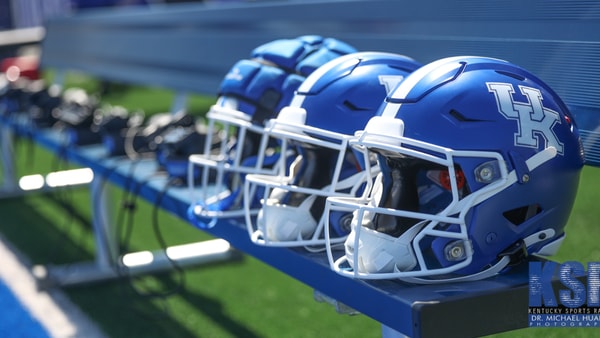

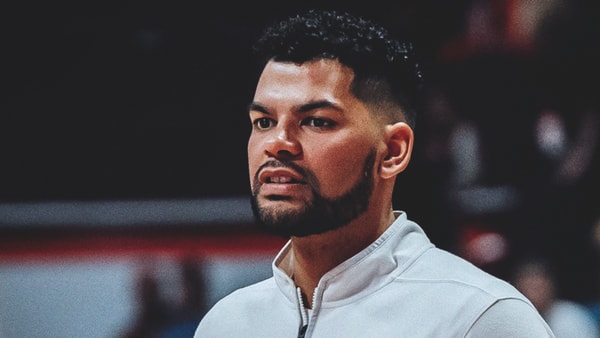
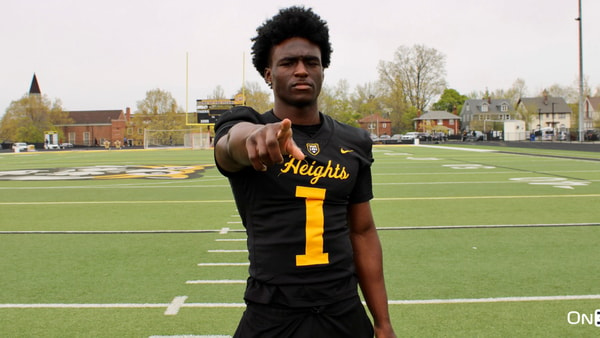
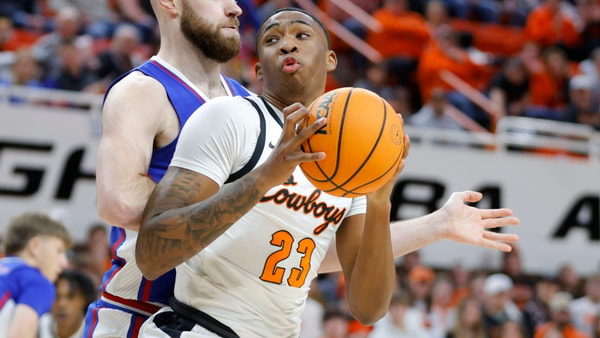

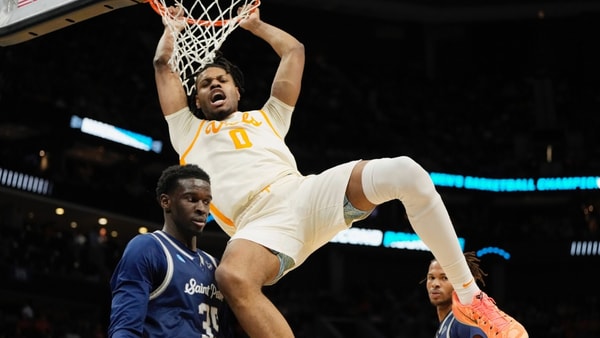
Discuss This Article
Comments have moved.
Join the conversation and talk about this article and all things Kentucky Sports in the new KSR Message Board.
KSBoard